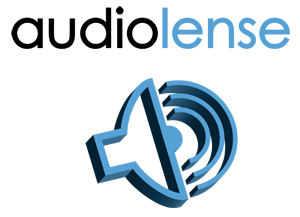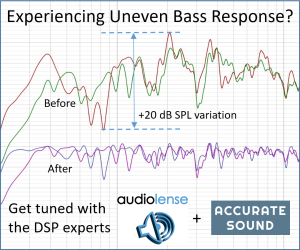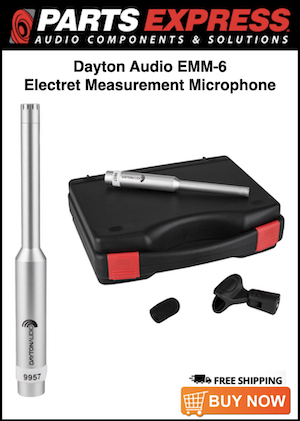peelbone
Registered
Thread Starter
- Joined
- Aug 16, 2022
- Posts
- 19
More
- Preamp, Processor or Receiver
- Karan kal mk3
- Main Amp
- Karan kas 400
- Additional Amp
- -
- Other Amp
- -
- DAC
- Auralic vega g2
- Computer Audio
- -
- Streaming Subscriptions
- Tidal and qobus
- Front Speakers
- Marten django xl
- Front Wide Speakers
- -
- Center Channel Speaker
- -
- Surround Speakers
- -
- Surround Back Speakers
- -
- Front Height Speakers
- -
- Rear Height Speakers
- -
- Subwoofers
- a pair Funk audio classic 18E
- Other Speakers
- -
Hi!
I finaly got my two subs deliverd home to me.
Here is a measurement picture of my system without the subs.
My question is: What kind of lowpassfilter should i use on my subs and at what Hz?
Thanks.

I finaly got my two subs deliverd home to me.
Here is a measurement picture of my system without the subs.
My question is: What kind of lowpassfilter should i use on my subs and at what Hz?
Thanks.
















